Battery Bliss

Naturally, that didn’t last long. The installation was less than stellar because these chargers have a couple of slots in the back for sliding onto screw heads that are in their respective mounting locations. Getting the right locations for the screws takes some measuring gymnastics — and getting a tight fit takes experimentation. At that, over time the screws loosened and the chargers wiggled, which made it difficult to release the batteries without using two hands — and that was awkward.
Fortunately, I wasn’t quite back to Square One. The area immediately to the right of the exterior compartment door turned out to be a perfect location — but the mounting system needed embellishment.
I devised a way to mount the chargers solidly to a piece of aluminum, which was then screwed into the wall. Knowing that I only needed an 8- by 15 ½-inch piece of aluminum, I paid a visit to a local metal supplier (which you can find online). Many of these suppliers have large crates of “drops” from cuts they made for other customers that can be purchased inexpensively. The only scraps of aluminum available at the time were way too big and, frankly, more expensive than having a fresh piece cut to size. However, for $24 I had a perfectly sized piece of 1/8-inch thick, 6061 grade (T6) aluminum stock for the project, eliminating the cutting step —which didn’t hurt my feelings.
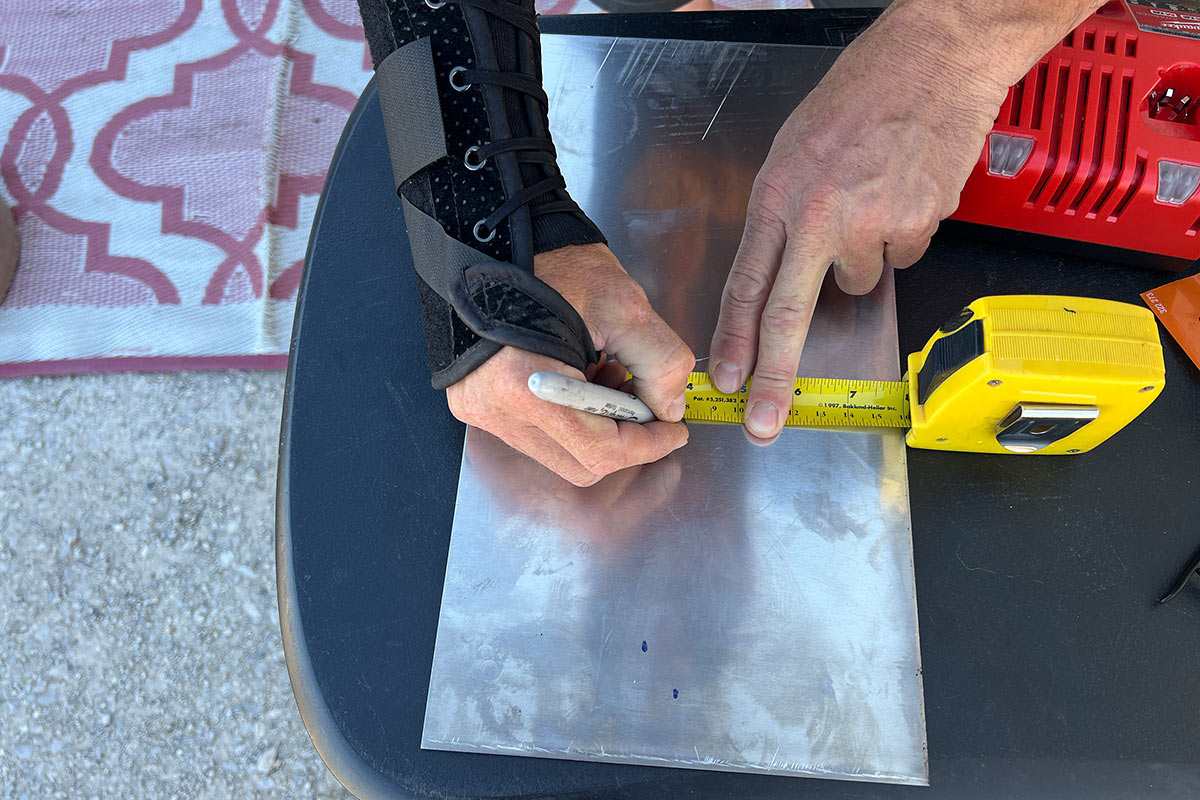

To mount the chargers to the aluminum base, I used four #8 x 32, ¾-inch-long machine screws (you just have to make sure the heads are right sized to fit in the designated slots in the charging bases). From here, holes were drilled in the aluminum plate and the chargers mounted using the screws and lock nuts. Since I also needed a way to tighten the screws enough to snug the chargers to the aluminum, the screws were first set loose enough to slide the chargers in place before they were final-tightened from the back side of the aluminum. While not exactly a textbook method, the ends of the screws were held in place with a long-nose pliers while the lock nuts were tightened with an open-end wrench to snug the chargers to the aluminum. Just be careful not to bung up the threads and over-tighten the nuts to a point where the plastic mounting slots on the back of the chargers can deform or crack.
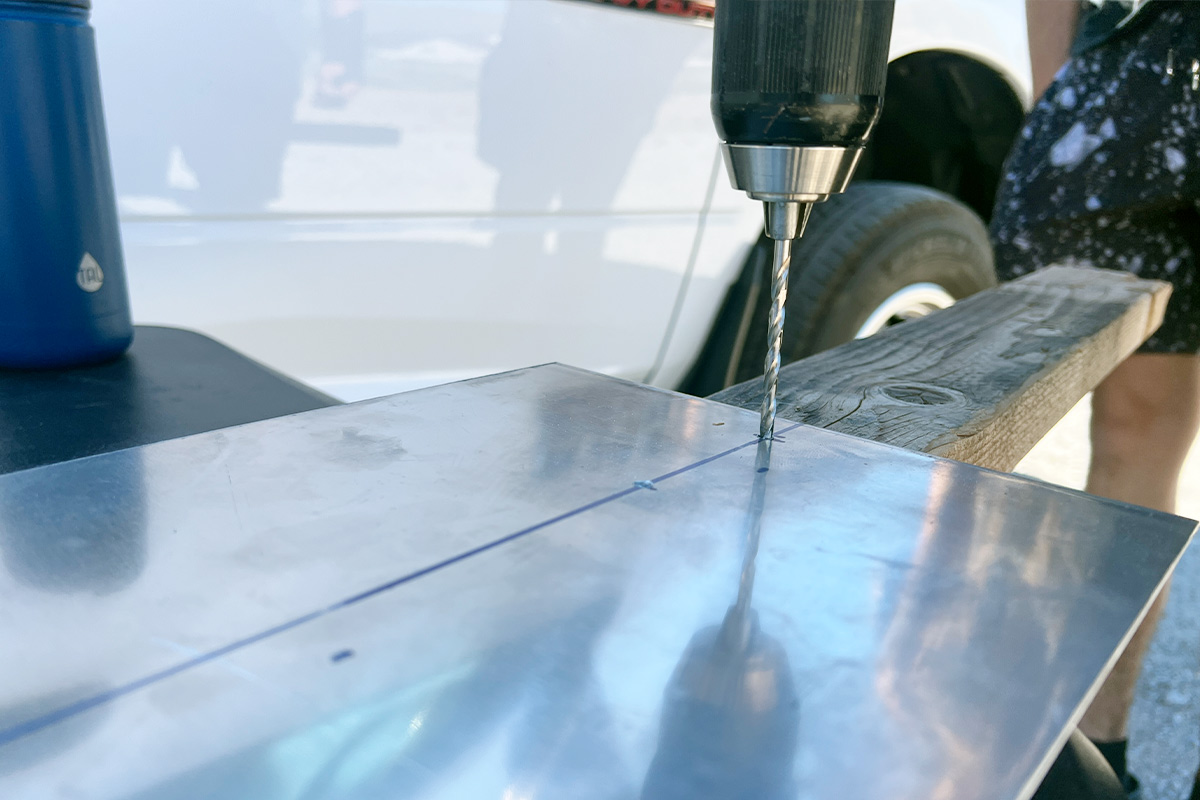
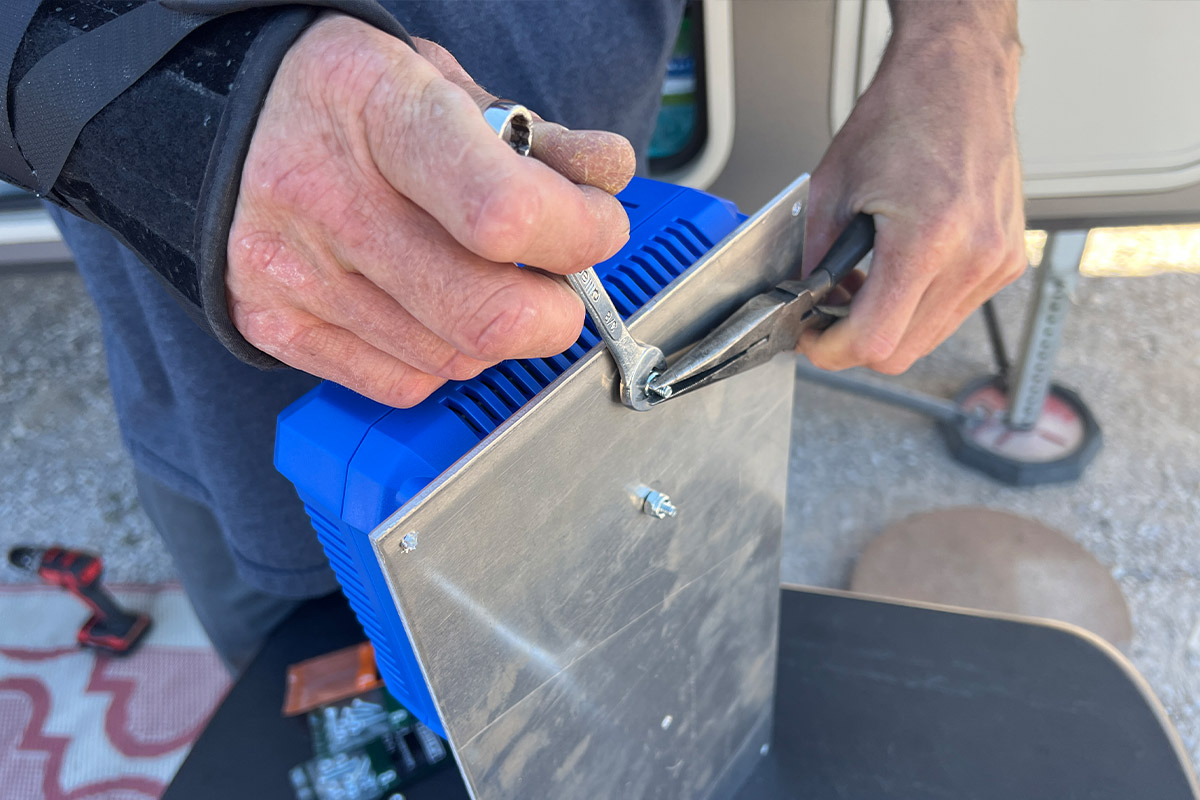
At first, I was tempted to cut off the protruding ends of the screws to allow for a flusher fit to the wall but realized that doing so would make it impossible to remove the chargers (if necessary) without damaging the slots. Plan B required the use of ½-inch-thick wood strips of pine to keep the screw ends from jabbing into the wall and provide a finished look. Once the chargers and wood shims were in place, the aluminum plate was fastened to the compartment wall using 1 ¾-inch #8 wood screws. The result was super-solid.
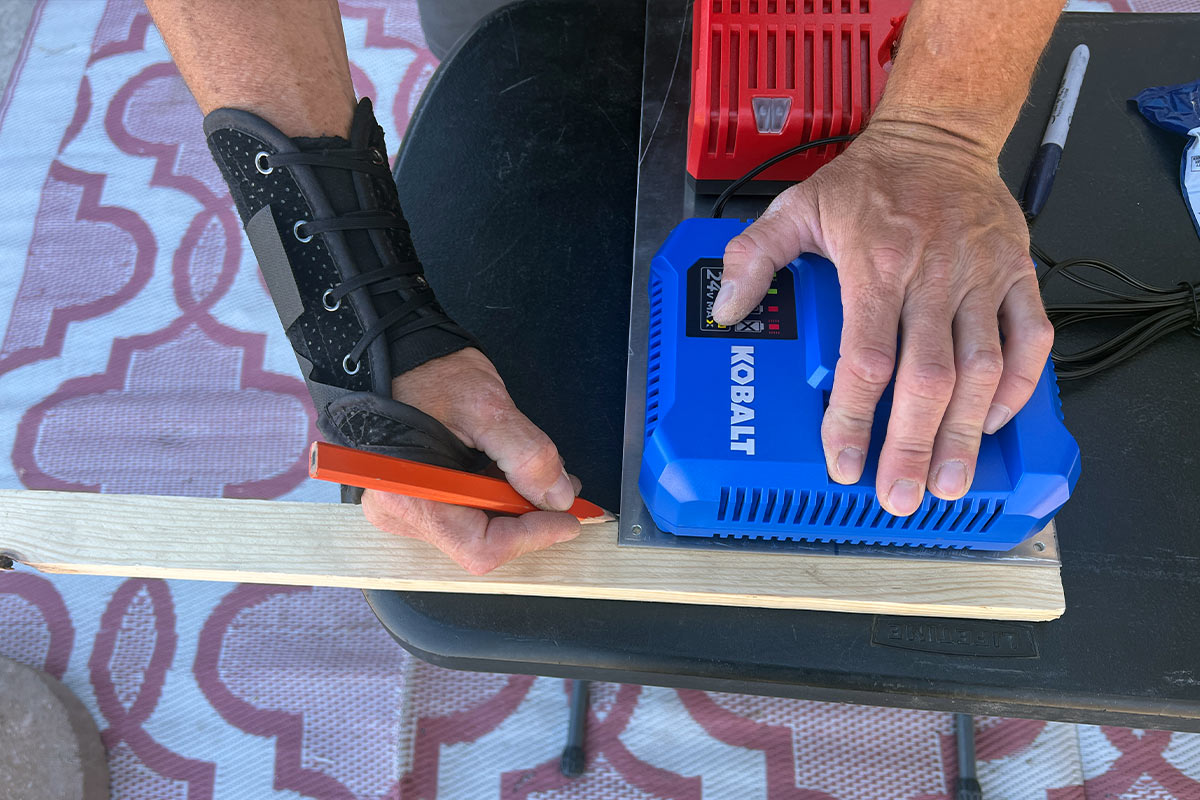
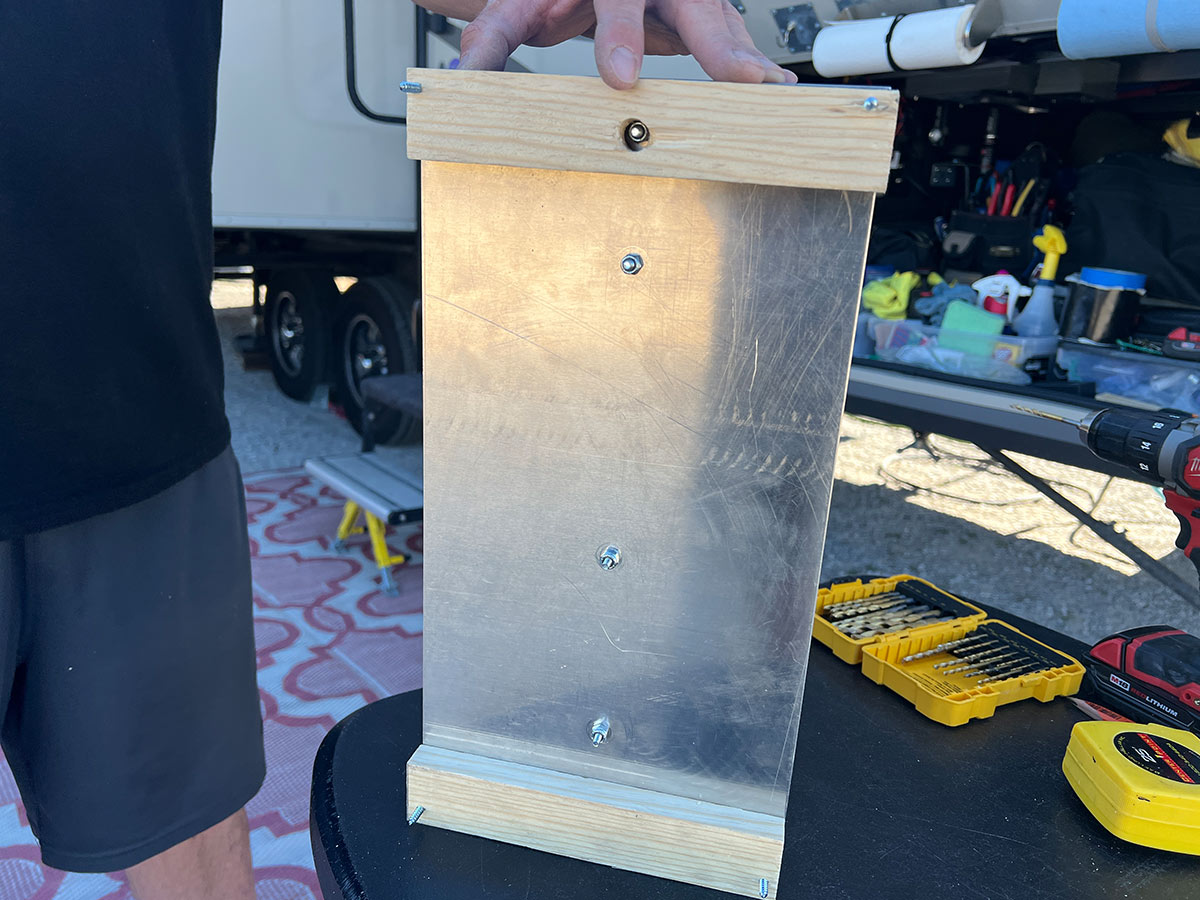
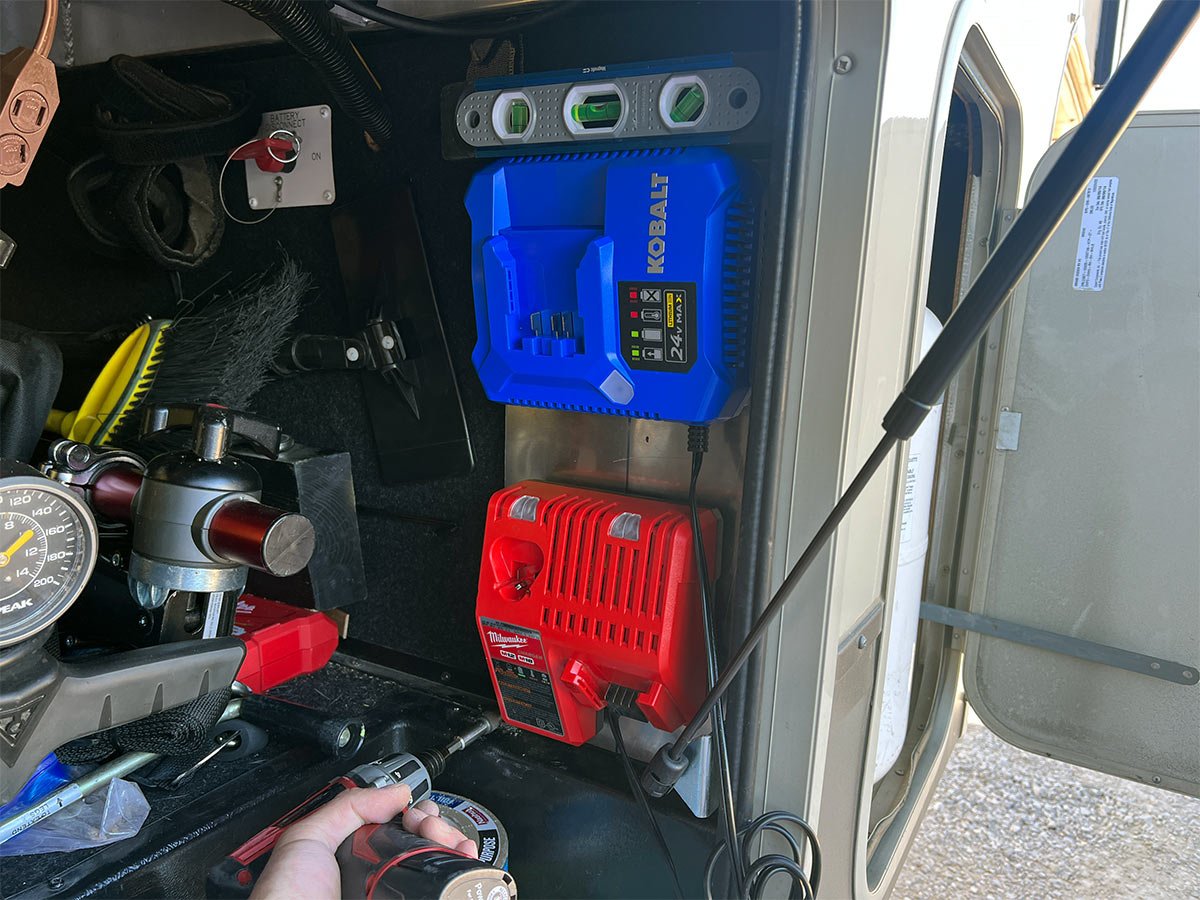
Finally, the chargers were plugged into a 120-volt AC outlet on the opposite wall inside the compartment using a short extension cord. The extension cord was routed along other wire conduits and cable-tied in place. A lighted On/Off switch was plugged into the outlet from the extension cord to make it easy to turn the power on or off to the chargers. The power wires from the chargers were bundled and also cable-tied in place.
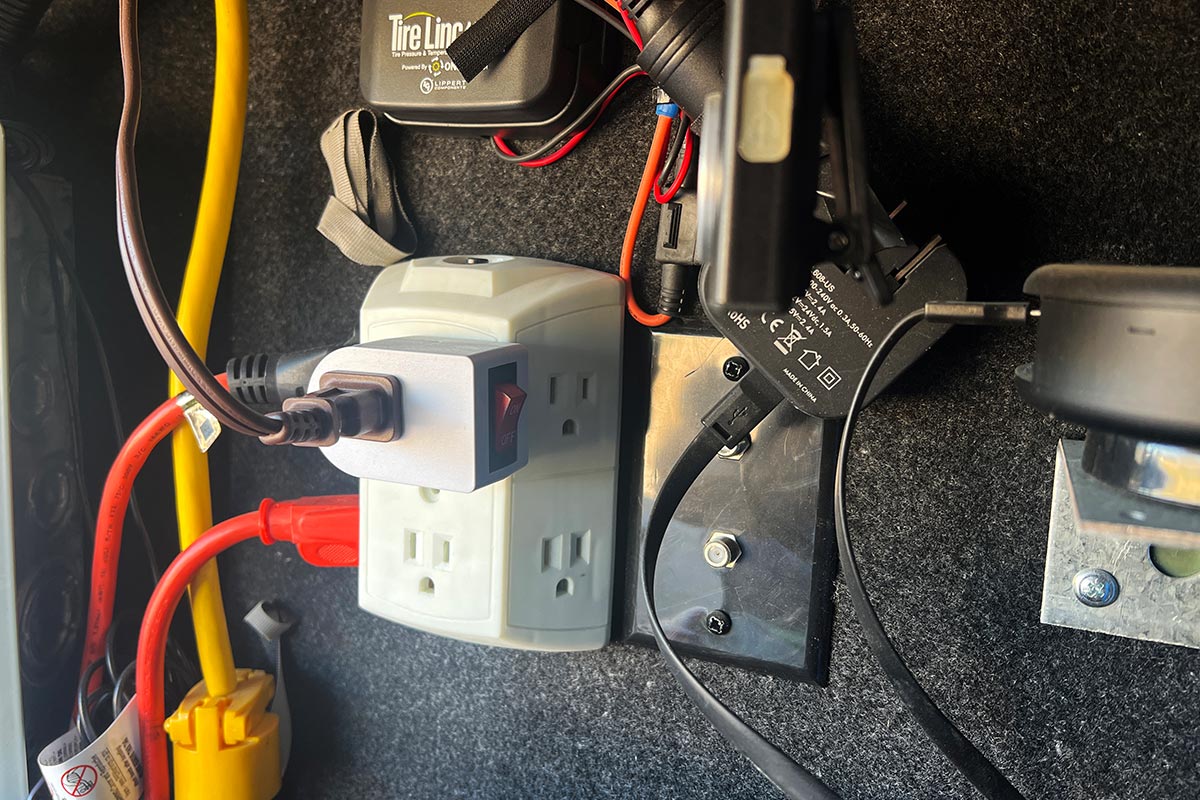
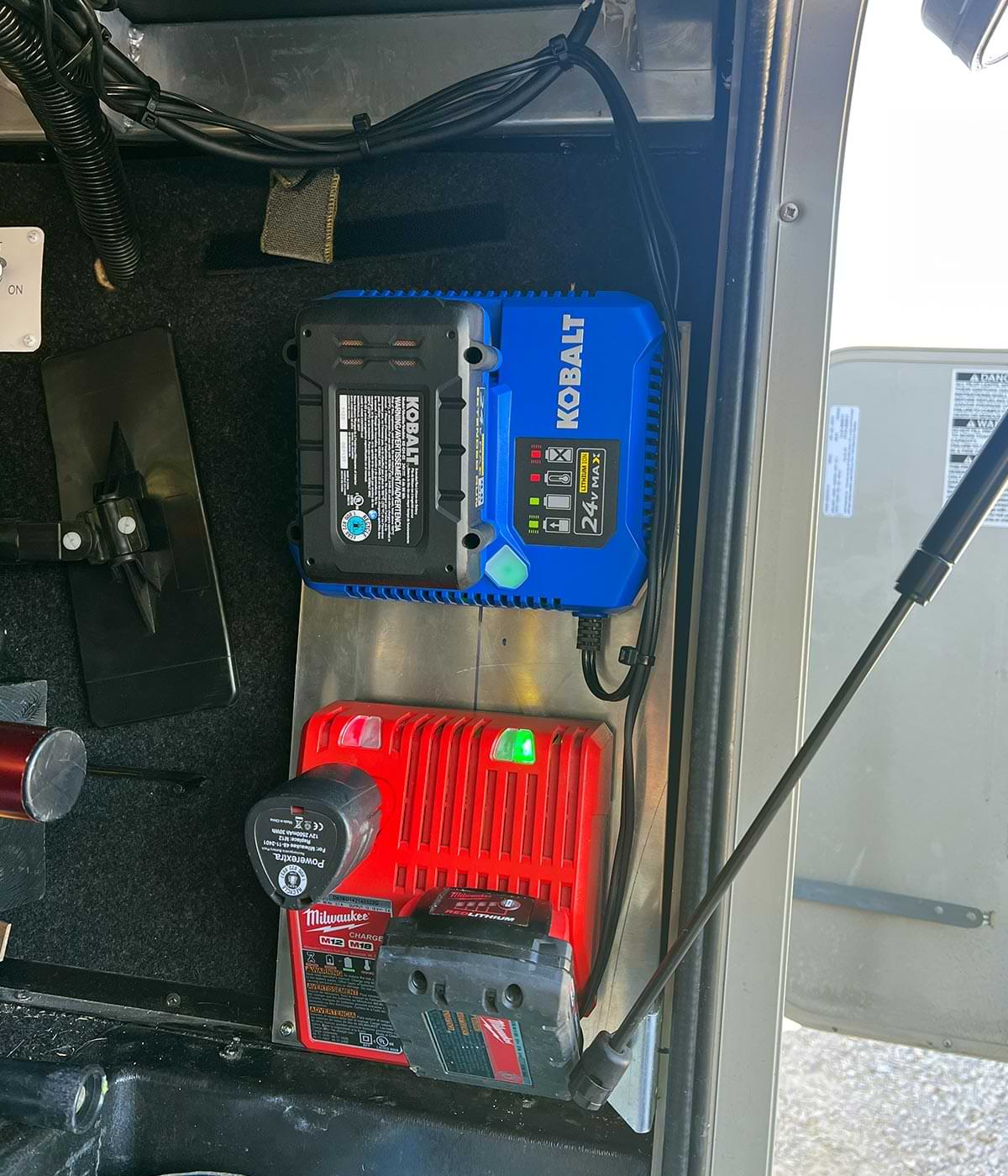
Other than chasing the parts, the entire project took about an hour. Now I can have the proverbial “cake and eat it” situation: The batteries can slide into the chargers using only one hand and the conditioning process (lights on the charger bases) can be monitored by opening the compartment door to access the batteries. I don’t have to deal with bulky chargers inside the RV — and I have the batteries ready to go.
Already a Subscriber? Click here for Access to the Full Issues.

